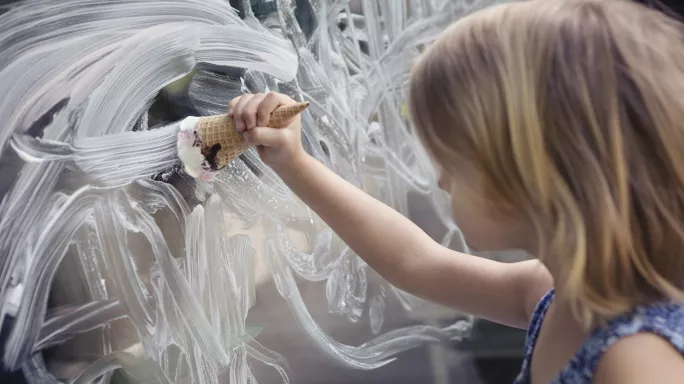Poor pupil behaviour is one of the most talked about, argued over and lamented issues in the teaching community.
What is the best way to solve behaviour issues? Which expert should we listen to?
Is this a crisis? Is it a parenting issue?
Quick read: Why we ditched ‘consistency’ when managing behaviour
Quick listen: How misbehaviour can be a sign of language disorder
Want to know more? Character education: what role should schools play?
We will all come up against behaviour issues at some point in our career, some of us more than others. The causes are multiple and varied, the reasons sometimes mysterious but often there if you look hard enough.
But here’s another question (and at this point I will take cover) - is it ever our fault? I think it can be. I have spoken to many colleagues who cite poor resource preparation, slack classroom routines and lack of communication with additional adults as reasons why things have snowballed in their classrooms.
It is how we receive, plan for and deal with the behaviour that matters.
There are those that have been lampooned for saying lessons that fail to engage will cause behaviour issues. How can we know?
OK, so lots of people have noticed that children who are bored are more likely to misbehave. But there is a lot to be said for lessons that are more chalk and talk, not least that this approach can calm down classes that have been experiencing issues.
Not every lesson needs to be full of bells and whistles. How can it be? Sometimes we just need to learn what a fraction is. Or how an oxbow lake is formed. Or how to correctly set out a bar graph.
I would no more expect my class to misbehave during one of these lessons then when we are blowing up our homemade rockets with some diet coke and chewy sweets.
Battling bias
So poor lessons can be a factor, however you teach them.
Bias can also often have a part to play in behaviour. I remember one pupil in particular who had travelled up the school with a reputation for being a handful. Teachers would warn each other every summer about what was to befall them in September.
Let’s think about the effect this might have on the teacher receiving that pupil. In his blog The Teacherist, Pran Patel talks about different types of bias but this in particular resonated with me:
“The way you act verbally and non-verbally based on your preconceived notion of that pupil will impact on the outcomes for that pupil. If that pre-conceived notion is biased we are likely to impact negatively on those groups.”
Fighting failure
And what about our more general attitude to the job? Are you planning to fail, or planning to succeed? You have to believe that you are going to have a good day, every day.
Even if you have gone home on a Wednesday and googled random jobs that you had never before thought about (professional dog groomer, anyone?) because your class have run you ragged, you must turn up on Thursday believing that they are going to be angels.
If you don’t, you could create a self-fulfilling prophecy. Children are very good at picking up on things and a negative teacher gives off an almost radioactive aura that says “I’m waiting for you to misbehave”.
Whatever behaviours we may come up against, we owe it to ourselves to look for the positives. Those little signs that a child in your class appreciates the structure and routine you have spent so many months embedding, the ethos you have carefully crafted.
It is easy - and believe me, I know just how easy - to fall into a negative slump when you have had some tough days.
But you absolutely are the right person to show your class how to collaborate, be kind and work as a team, and even on a bad day, you will have impacted positively on at least one small person.
That’s really something to be proud of.
And I now look forward to multiple tweets telling me how to make bar graph layout lessons exciting.
Lucy Moss is a key stage 2 leader in an inner-city primary school





